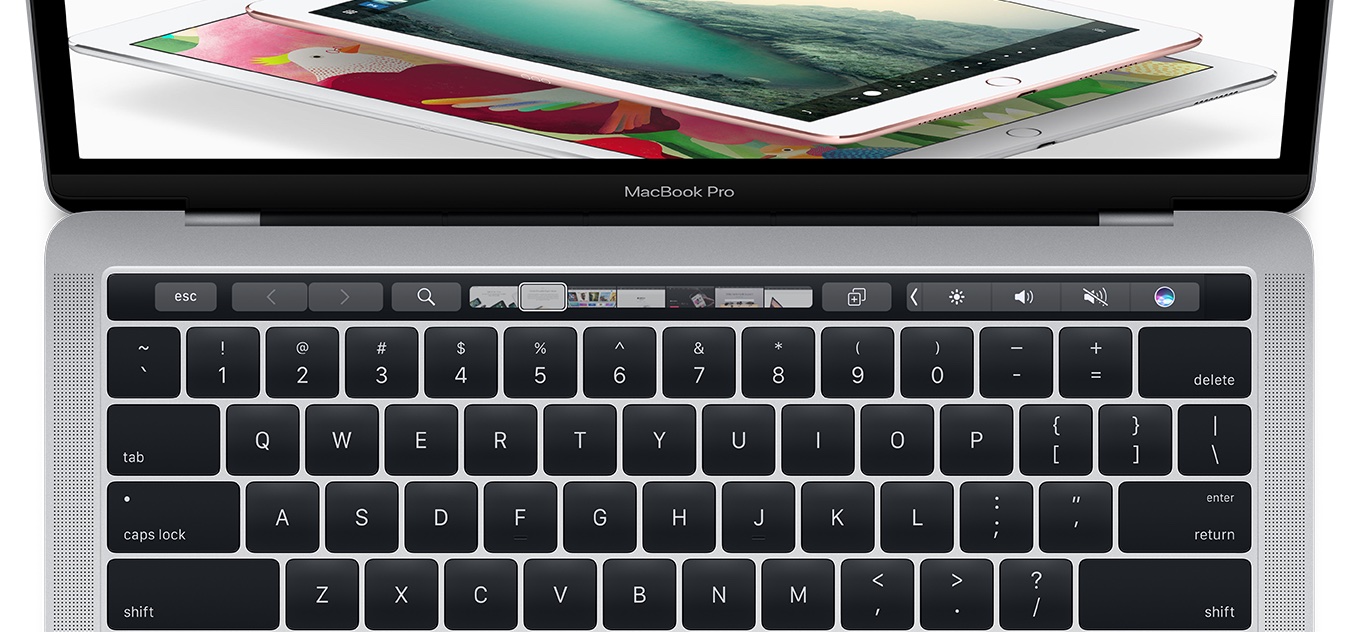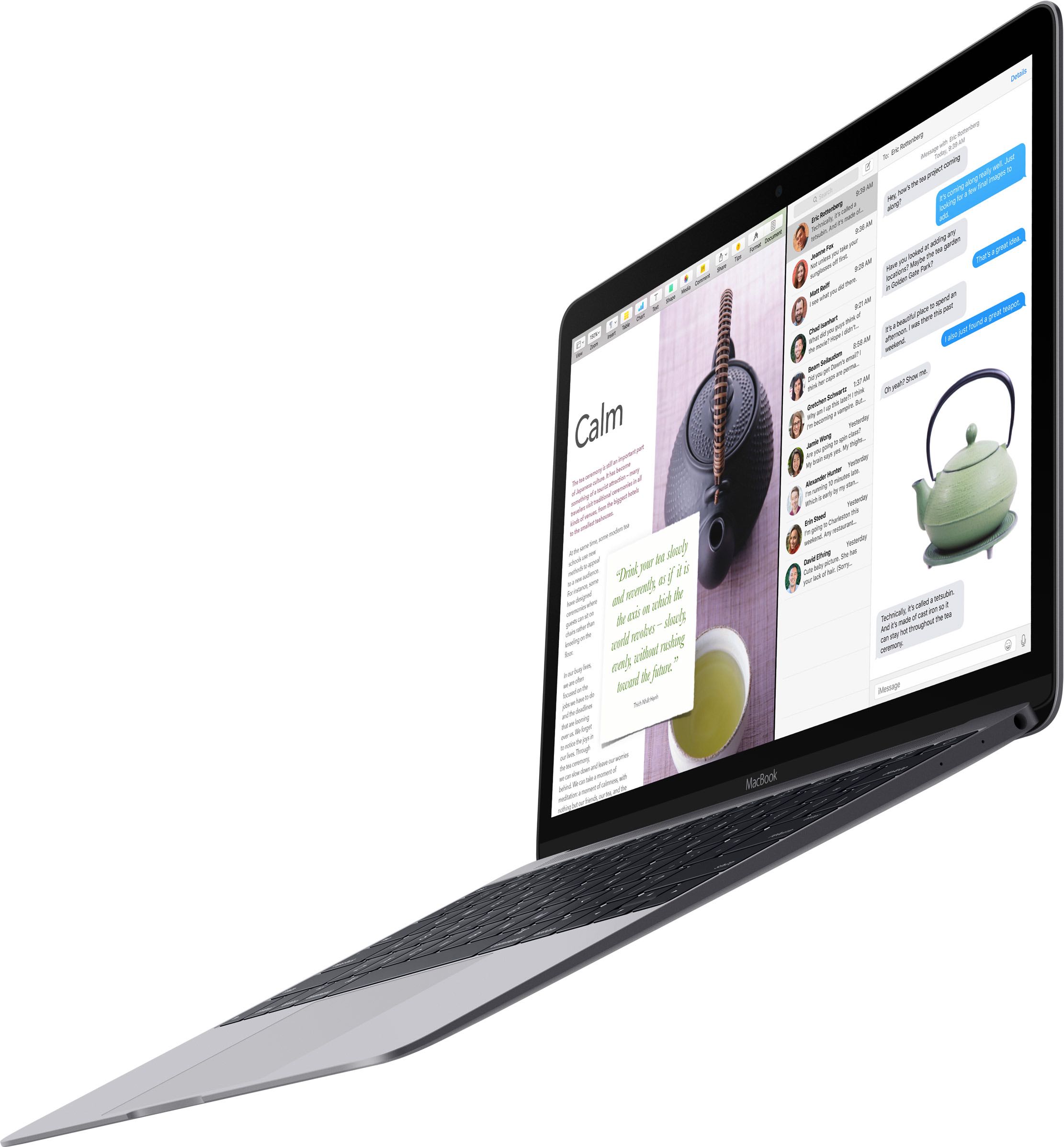Apple has been designing its own mobile CPUs (and now GPUs as well) for years even though it has used Intel's chips to power its Mac notebooks and desktops since 2005.
Will PC makers beat Apple in designing ARM notebooks with multi-day battery life?


Apple has been designing its own mobile CPUs (and now GPUs as well) for years even though it has used Intel's chips to power its Mac notebooks and desktops since 2005.

Windows maker Microsoft's new “Always Connected PCs” initiative focuses on helping computer manufacturers bring to market LTE-enabled notebooks that incorporate eSIM technology (not to be confused with Apple SIM). The company said at the Computex 2017 show this morning in Taipei that it will partner with PC vendors, carriers and chip makers like Intel and Qualcomm on the new initiative.
Created a year ago by Apple, Samsung and other players, these SIMs are embedded directly into a device and cannot be removed. But perhaps more important than that, eSIMs are universally compatible with all carriers and as such allow customers to sign up for a wireless service right on their device.
First LTE-enabled Windows notebooks featuring eSIM technology (via Qualcomm's Snapdragon 835 chipset) are on the way from ASUS, HP and Lenovo, said Microsoft. These new Intel x86-based devices will feature Windows 10, always-on LTE connectivity and “great battery life”.
Huawei, VAIO and Xiaomi are committed to Always Connected PCs using eSIM technology, too.
“There is a new generation of users that need to be connected to the cloud at all times. They are students, creators, freelancers, small businesses and enterprises,” said the Redmond firm.
“This means sharing experiences across screens and leveraging the latest network technology like gigabit LTE and eSIM.”
The eSIM standard works virtually anywhere in the world, meaning customers are able to switch carrier instantly, no paperwork or a physical SIM card required whatsoever. Apple owns a patent for an LTE-enabled MacBook with wireless antennas integrated within a hinge mechanism, as depicted on the patent drawing below.
Updated Mac notebooks are expected at WWDC next week, according to Bloomberg.
Ahead of the WWDC keynote, an Apple regulatory filing in Russia has identified five unreleased Mac notebooks, plus a next-generation Magic Keyboard and new iPad Pro models.
It's unclear if these refreshed MacBooks will feature embedded LTE connectivity, but if a next-generation MacBook with an eSIM is lying around somewhere in Jony Ive's basement now would be a good time to bring it to market.

Xiaomi (pronounced “sh-YEOW-mee”), a booming Chinese smartphone and consumer electronics maker, today took the wraps off its first-ever Windows PC notebook and it looks awfully familiar to the MacBook Air. The familiarity starts with the device's silly 'Mi Notebook Air' moniker and extends to its unibody industrial design that's thinner and lighter than Apple's notebook.
Offered in 12.5 and 13.3-inch varieties, the product matches and—in terms of graphics, lightness and thinness—one-ups the MacBook Air while costing half as much. Xiaomi's new notebooks run Windows 10 and will hit store shelves in China on August 2.

Apple is believed to be working on the next MacBook Pro upgrade that should include, among a faster Intel processor and graphics and other hardware-related enhancements, an OLED bar replacing the row of function keys on the keyboard with programmable touch-sensitive shortcuts that could automatically change from one app to another.
In a new report Monday, 9to5Mac has learned from a sketchy source that the rumored OLED touch bar might be accompanied by a Touch ID sensor for fingerprint login.

The new twelve-inch MacBook is the future of Apple's notebook lineup, but the MacBook Pro family being overdue for a refresh doesn't necessarily mean that the MacBook Air will be going away. According to the fairy reliable Japanese blog Mac Otakara this morning, citing an unnamed Chinese supplier, Apple will be announcing some updated MacBook Airs and Pros later this month, possibly at WWDC.

The United States Patents and Trademark Office (USPTO) today granted Apple a brand new patent which seems to address a longstanding complaint among MacBook owners: the machine's lack of an embedded cellular connectivity.
Titled “Electronic device with dual clutch barrel cavity antennas” and originally filed for in the second quarter of 2015, the invention describes using additional wireless circuitry for cellular data via cavity antenna structures that are not present on current MacBooks.